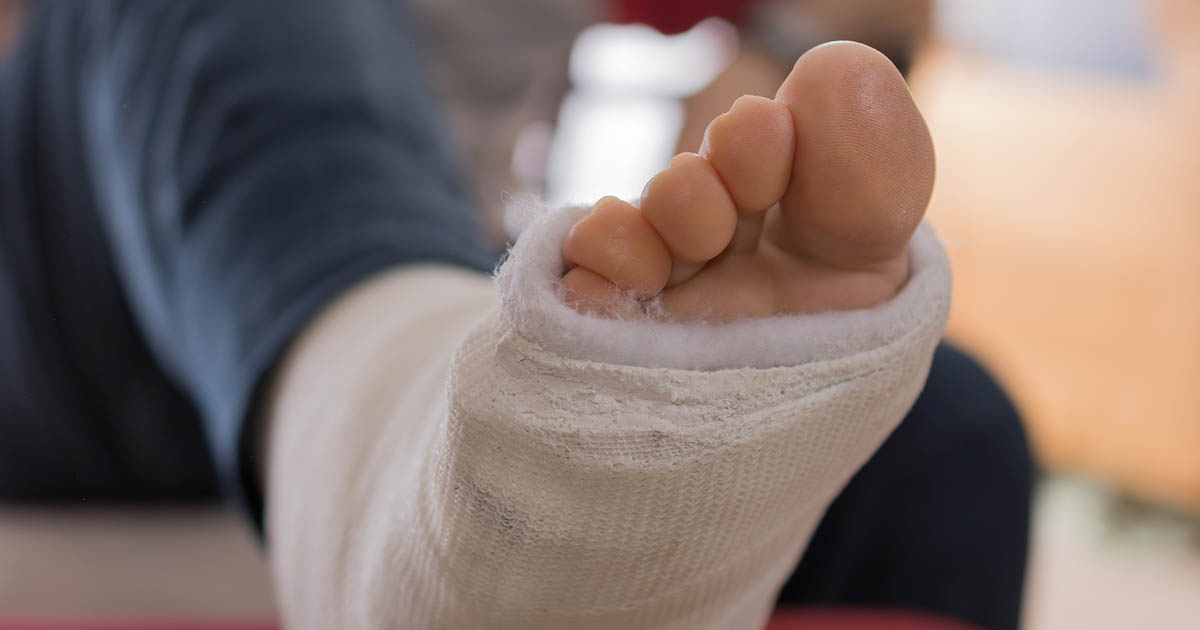Signs Of Osteogensis Imperfecta
Osteogenesis imperfecta (OI), sometimes called brittle bone disease, is a disease that causes bones to weaken and break easily. In some cases of OI, the disease can become so severe that bones break without any discernable reason. Osteogenesis imperfecta also causes a host of other potential problems including hearing loss, brittle teeth, and weak muscles. It is estimated somewhere between twenty and fifty thousand individuals are currently afflicted by OI.
The leading cause of this condition is one of several possible genes is not functioning correctly, which leads to the inability to produce enough collagen or the production of collagen that does not work. Collagen is the biggest key factor in bone strength. Children with osteogenesis imperfecta generally inherit their OI gene from one or both parents, although there are some cases where this is not the case.
Easily Broken Bones

Easily broken bones are the main hallmark of the disease, which is why it is called brittle bone disease. When a child's genes are contributing incorrectly to the production of collagen, it causes a lack of collagen throughout the body. Unfortunately, without collagen, bones become brittle and easily broken.
Osteogenesis imperfecta presents with eight main types. Type 2, 3, 7, and 8 all tend to present with severe symptoms. In these cases, the patient's bones might break so easily they snap or fracture with no external cause whatsoever. Patients with type 4, 5, or 6 will experience symptoms more moderately. Their bones may break due to external forces that wouldn't usually cause bone damage. Type 1 tends to cause mild symptoms, and these patients simply need to be very careful about their body.
Bone Deformities

Bone deformity is common enough that the name of the disease, osteogenesis imperfecta, literally means 'an imperfectly formed bone.' The type and severity of bone deformity vary depending on the individual and the type of OI they have. Type I is the mildest and most common type of OI. Most Type I patients don't present with bone deformity because their collagen is structured correctly. Type II is the most severe and life-threatening form, where collagen cannot form at all. A fetus' bones might break before they are even born. Many infants have bone deformity so severe they don't survive long after birth.
Type III has collagen that doesn't form properly, which often causes severe bone deformities. Infants are usually born with fractures. Type III osteogenesis imperfecta typically presents with spinal deformities and growth issues. Type IV is a moderately severe form and involves improperly formed collagen. Bone deformities are not as common as in Type III, instead ranging from moderate to mild.
